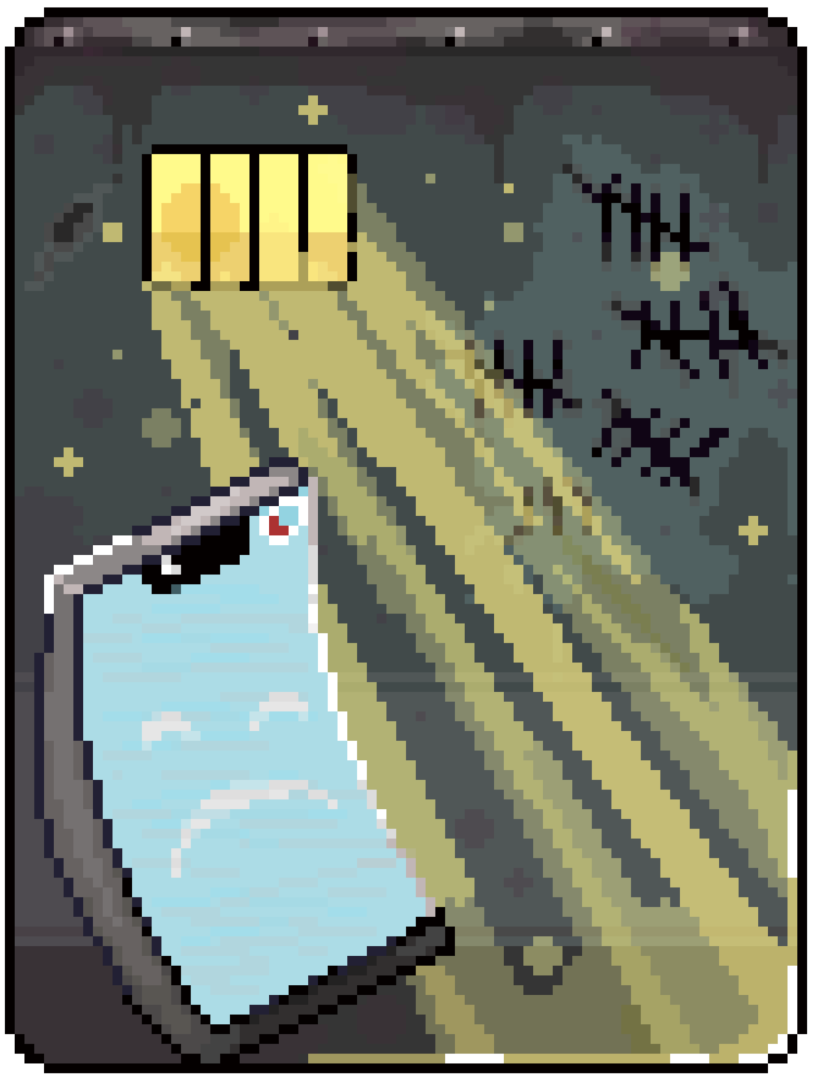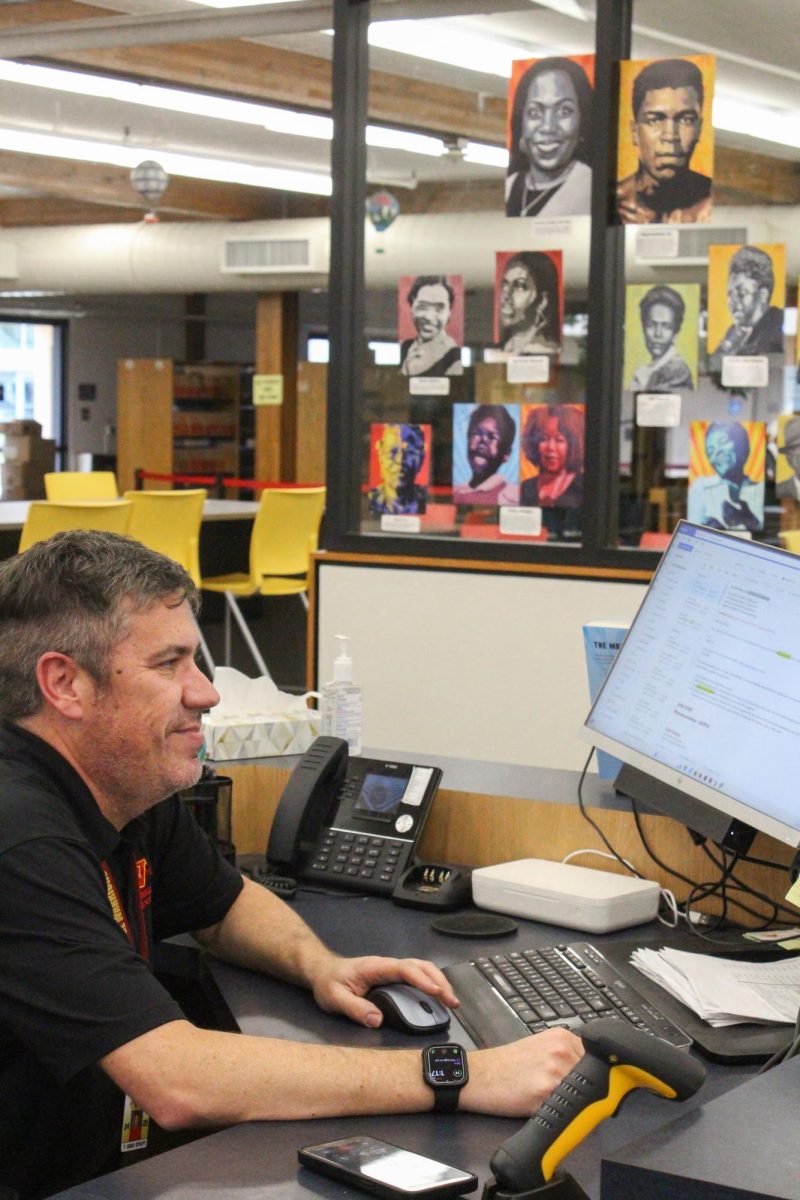A state-wide policy places cell phones at the forefront of concern
In the modern day, most high school students would say that their smartphones can be used for everything. Since Apple’s launch of the iPhone in 2007, it is a vital technology that has become extremely prevalent. Nevertheless, students across all schools in California can learn to benefit from the policy limiting cell phone usage during times of instruction.
Effective Sept. 23, 2024, Assembly Bill 3216 states that a school district has the authority to restrict the use of cell phones by students on campus and during times of instruction. They also note that school districts must create a policy that upholds these standards and is updated every five years.
Concerns about mental health relating to smartphone addiction have been growing in the last decade, and a Pew Research study states that almost half of all teenagers say that they are online at least once a day.

The bill addresses the concerns relating to an increase in mental health issues, such as depression and suicidal tendencies, for students who use their smartphones for an increased amount of time per week. For teenagers, an alarming 71% are more likely to exhibit suicidal risks when using their phone for five or more hours daily.
The Irvine Unified School District intends to solve these issues and also implements this reasonable policy that restricts smartphone usage if district staff determine it to distract the student’s learning ability during instruction.
The alluring glow of the cell phone screen can be difficult to ignore, especially since this generation has grown up alongside these devices, constantly innovating and evolving every year.
Regardless, smartphone usage should be controlled in academic environments, and the cell phone policy is the first step to acknowledging the growing issues of distractibility and mental health.
“Not only are people getting distracted by phones but it’s also preventing the learning experience,” sophomore Aarin Jambhekar said. “People with AirPods have been listening to music and not paying attention in class, therefore leading to their grades dropping.”
Studies have shown that some types of music can enhance focus and reduce stress levels. Using a smartphone to play music in class could potentially help students to work more efficiently and stay on task.
However, even for the most skilled multitaskers, smartphone use in an environment demanding the sharpest of attention and concentration can inherently discourage basic functions, such as critical thinking and problem-solving skills.
Trying to engage in a new subject or finishing a math problem can be easily forgotten after checking notifications for Instagram or Snapchat.
“I was scrolling Instagram and spent 30 minutes doing nothing. So I do think that [there] is a balance that we have to strike,” math teacher Christy Sterner said. “We as adults have to learn that and then we as adults have to help teach that to younger generations.”
A Pew Research study notes that seven out of ten high school teachers perceive cell phones as more harm than benefit in the classroom.
“The amount of text messages, notifications, phone calls [and] all the different things we get throughout the day can just cause that distraction,” Sterner said. “It can pull your brain out of whatever you were doing and it can take you a minute to get back into the swing of things.”
Other forms of technology like desktops, laptops and tablets are already available in the classroom setting, which suggests that smartphones are not extremely necessary in an academic environment at all.
Some concerned parents cite the need for smartphones in the case of a campus emergency. IUSD accounts for this by allowing smartphone use during a campus emergency or when permitted by a district staff member. In addition, IUSD’s campus safety policies already train for these emergencies with regular lockdown drills, campus security maintenance and surveillance cameras.
“There isn’t a need to have cell phones in class because you already have so much staff on campus as well as security to make sure that people are safe and the surroundings are also safe,” junior Juliana Scott said.
No matter the policy that school districts may employ, a restriction on cell phones should be established.
Enabling the usage of cell phones encourages an optimistic outlook on advancing technology
Phones are necessary to the school environment; ignoring them rejects the benefits of their usage and causes society to evolve backward by fearing new technologies instead of harnessing them.
Most teenagers since the late 2000s have been undeniably addicted to their mobile electronic devices with screen time increasing by 29.75% since 2015, according to the Common Sense Media. It is imperative for the current and future generations of these maturing adults that this trend continues. But with the superintendent of California’s educational facilities supporting pre-existing policies for the restriction of cell phones in a school environment, this era of technology is being threatened and could reset students to a long forgotten dark age. The full convenience of phones can not be fully realized.
After spending hours of the school day applying themselves to their work and toil, repetitively absorbing information and regurgitating it out on a future exam, focusing in school can be mentally draining and towards the end of day it becomes difficult to upkeep that same level of work quality. However, this can be mitigated with the aid of music, providing a background noise that drowns out distractions and reinforces concentration.
A Pew Research study notes that seven out of ten high school teachers perceive cell phones as more harm than benefit in the classroom.

According to a study by Florida National University, the beneficial effects of studying while listening to music include being able to focus, to ease anxiety and to reduce stress. Phones would enable this superpower within music and denying it to students lowers efficiency. This is an issue sophomore Kaiden Vo is very familiar with.
“Those classes [that] I’m allowed to listen to music in, I actually am doing better…[My teacher] doesn’t like AirPod users, that’s why I suck at [Advanced Placement (AP)] World History,” Vo said.
On campus, these devices also provide plenty of tools that are more than beneficial, with the advent of social media that can occasionally provide the Brawl Stars break or distraction to re-energize during a heavy block schedule.
Being allowed to decompress just for a second can go a long way, illustrated through the National Library of Medicine which states that micro-breaks are essential for performance and cognitive ability. These breaks, although fun, must be prioritized responsibly to reach their full beneficial effect and if left unchecked can be detrimental.
“I think phones can help you kind of recharge, like after a hard class or a lot of work,” freshman Marc Koehler said.
Cell phones also ensure a blanket of security and safety in the classroom with communication to external sources. Having the benefit of communication with higher authorities in emergencies is crucial for the safety of every student on campus, especially with the rise of school related threats shown from the peak of 2022 with almost 250 incidents according to the Center of Homeland Security and Defense.
“A phone can also allow you to communicate to people you might need to communicate to in a dangerous situation such as to a police officer or trusted adult,” Koehler said.
Most devices from the school like chromebooks and computers don’t provide the specific communications as phones can with its unique messaging apps. With this knowledge, phones should be treated as tools, not toys in a class environment, proving useful by bringing educational accessibility. This is a concept AP Computer Science teacher Gabriel Duthoy is familiar with.
“There are a lot of websites and apps that do take some of these amazing properties that phones have, like instant communication…[Students] can participate in other forms where they can share their opinions on things, discuss it and you can see it right away,” Duthoy said.
Kahoots, Gimkits and Quizlets are all more convenient to access on a cell phone than slower, clunkier chromebooks as Duthoy suggests. For instance, the Associated Student Body (ASB) Instagram page and the Remind app are completely inaccessible to everything other than a cell phone and are essential for keeping up to date with student events on campus.
Regardless, these technologies are only improving, much faster than humans have. Unlike cell phones, humans don’t have the luxury of an outside force making improvements on our primitive hardware. Making it our responsibility as a society to understand that although these devices can be limiting and have their drawbacks, with the correct discipline, they are powerful tools in every environment.








